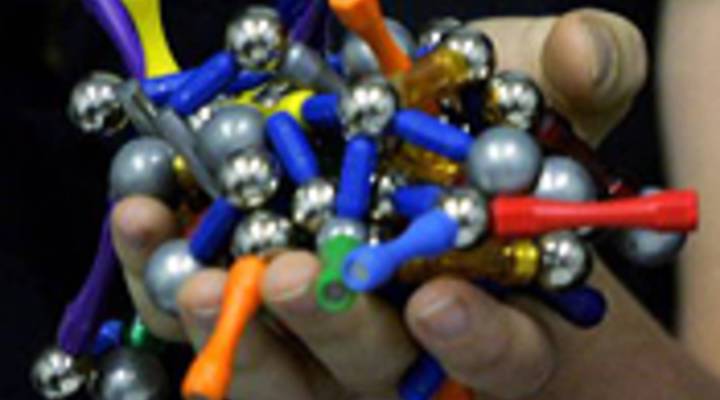
Toy safety still an issue for the little guy

TEXT OF INTERVIEW
Stacey Vanek-Smith: Black Friday is right around the corner — 134 million people are expected to hit the stores in the post-Thanksgiving rush. Furry little Zsu Zsu pets are going to be flying off the shelves, they’re the hot toy this year. Now you might remember a couple years ago, safety issues hammered the toy industry. How are things shaping up now?
David Lazarus is a business columnist for the LA Times. David, thanks for joining us.
David Lazarus: Thanks for having me.
Vanek-Smith: So a couple of years ago, we had . . . it was a huge story, a lot of toy recalls. How have things changed since then, if at all?
Lazarus: Well, I think they have changed to some extent. In fact, I put that question to the world’s largest toy maker, Mattel Inc., and they said yes, we’ve become far more vigilant. But look, the bottom line is roughly 80 [percent] to 90 percent of all toys sold in the United States still come from overseas, particularly China, and it’s very difficult to monitor some of those factories. And in fact, I took a walk around the toy district in downtown LA the other day, and I wasn’t really impressed by the quality of a lot of the safety out there.
Vanek-Smith: What did you find?
Lazarus: Well, among other things, I found toys for clearly babies and toddlers — for instance, rattles and pacifiers — that had been manufactured in China, and a big thing on the outside of the box saying “For kids 6 months or older.” But there in the corner, a little tiny sticker saying, “Warning: Not for children under 3.” Which makes you think, wait a minute, who looks at the sticker? And second, who buys rattles and pacifiers for a 3-year-old? So I think the big guys did learn their lessons. The problem is the little guys. I’m not sure if they all learned their lessons, whether we’re talking about production or distribution or retail, and that’s where consumers need to be most careful.
Vanek-Smith: Well, we’ve had a lot of news sort of along those lines very recently as well with folding strollers and collapsing cribs. What is the Consumer Protection Agency doing about this?
Lazarus: Well, I talked to them, and they say, “Don’t worry, we’re on top of it.” Which is I guess reassuring to some extent . . .
Vanek-Smith: Like the crib!
Lazarus: Like the crib. And the crib I think is a very good example. A couple of million of these cribs were recalled this week. Now on the one hand, there’s a cup is half full aspect of this — the system works, a dangerous product is being pulled from the marketplace. Good. On the other hand, cup is half empty, because some of these cribs have been on the market for more than 16 years, which suggests that wait a minute, somebody dropped the ball for an awful long time. So really you can look at that both ways.
Vanek-Smith: Well there will be a lot of toy and crib buying in the coming couple of months. A lot of retailers make up to 40 percent of their income around this time of year. What can parents do to make sure they’re buying things that are safe for their children?
Lazarus: Well I think at this point try to stick with the brands you understand. And if you cut corners and go to the smaller fly-by-night shops buying brands that you might not have heard of from places that you don’t even know how to find on the map, you’re taking your chances.
Vanek-Smith: David Lazarus is a business columnist with the LA Times. David, thanks for coming in.
Lazarus: Thanks.
There’s a lot happening in the world. Through it all, Marketplace is here for you.
You rely on Marketplace to break down the world’s events and tell you how it affects you in a fact-based, approachable way. We rely on your financial support to keep making that possible.
Your donation today powers the independent journalism that you rely on. For just $5/month, you can help sustain Marketplace so we can keep reporting on the things that matter to you.

















